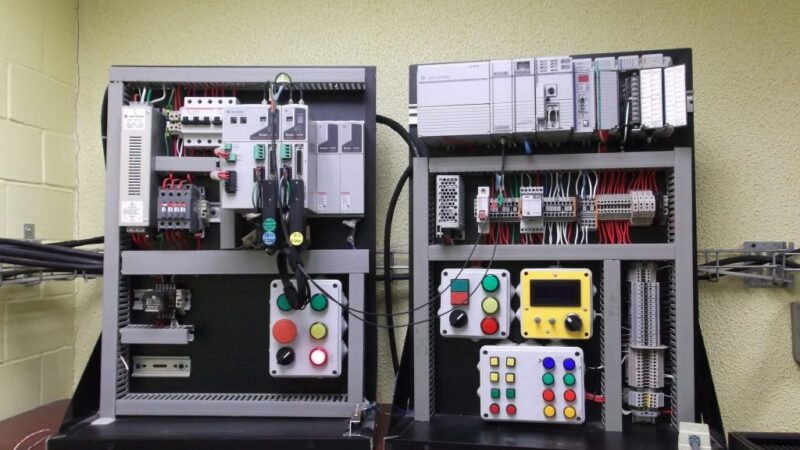An Overview Of Pulley Alignment Tools, And Why You Need Them
The significance of belt and pulley alignment in various industries cannot be overstated. In order to maintain efficiency and reduce wear, proper alignment plays a crucial role. But while it’s important to have professionals do the measurements, it’s worth understanding the tool use involved in this process.
Let’s go through the importance of belt alignment by shedding light on the common tools used for the procedure.
The Importance of Alignment In Industries
When belts and pulleys are not properly aligned, power losses occur due to slippage, resulting in reduced overall efficiency. Excessive strain is placed on the components, leading to accelerated wear and tear.
This leads to equipment malfunction, production delays, and potential hazards for operators. By ensuring accurate arrangements, you create a safer working environment and reduce the risk of accidents.
Common Tools Used for Belt Alignment
Straightedge and Feeler Gauge Tools
A straightedge is used to visually assess the alignment by checking for gaps between the belt and pulley surfaces. Feeler gauges help measure the distance between the pulleys, ensuring proper alignment and tension.
Laser Alignment Systems
Laser alignment systems utilize light technology to project a straight beam onto the pulleys, providing visual references. Laser alignment is highly accurate, user-friendly, and suitable for a wide range of industrial applications.
Dial Indicator and Magnetic Base Kits
The dial indicator measures the misalignment between pulleys by detecting variations in radial and axial positions. Magnetic bases securely attach the dial indicator to the machinery, allowing for precise measurements and adjustments.
Smartphone-Based Alignment Apps and Accessories
Alignment apps utilize the smartphone’s built-in sensors, such as accelerometers and gyroscopes, to measure angles and detect misalignment. They provide real-time feedback and guide users through the process.
Tips for Effective Belt Alignment
Regular Inspection and Maintenance of Belt-Driven Systems
Perform regular inspections to identify any misalignment issues and signs of wear. Regular maintenance, including lubrication and tension adjustments, is crucial for preventing misalignment and ensuring the longevity of belts and pulleys.
Proper Tensioning and Tracking of Belts
Maintain proper tension in belts to prevent slippage and ensure optimal power transmission. Follow manufacturer recommendations for the appropriate tension levels and use tensioning tools or gauges to achieve the desired tension. Additionally, regularly check and adjust belt tracking to avoid any lateral misalignment.
Adherence to Manufacturer Recommendations and Industry Standards
Always adhere to the manufacturer’s recommendations for belt alignment. Manufacturers often provide specific guidelines and specifications for proper procedures. Furthermore, stay updated with industry standards and best practices to ensure alignment accuracy and maximize the performance of your machinery.
Training and Skill Development for Operators
Provide training and skill development opportunities for operators responsible for belt alignment. Proper training enhances their understanding of techniques, tools, and procedures, enabling them to perform accurate alignments consistently. Well-trained operators contribute to improved efficiency and reduced downtime.
Choosing the Right Alignment Tool for Your Needs
Assessing Your Specific Application and Requirements
Evaluate your machinery setup, including the types of belts, pulleys, and configurations involved. Consider the complexity of your system, the level of precision required, and any unique challenges or constraints you may have.
Comparing Various Tools and Technologies Available
Research and compare different tools available in the market. Consider their features, accuracy, ease of use, compatibility, and cost-effectiveness. Look for tools that offer the necessary precision and functionality to meet your alignment needs.
Evaluating Customer Reviews and Testimonials
Read customer reviews and testimonials to gain insights into the performance and reliability of different alignment tools. Feedback from other users can provide valuable information and help you make an informed decision.
Conclusion
Proper pulley alignment plays a critical role in maintaining efficiency, reducing wear, and ensuring the reliability of industrial machinery. By selecting the right tools and following best practices, you can optimize power transmission and minimize energy losses. With proper research and consultation, you can make informed decisions in your industry’s best interests.






